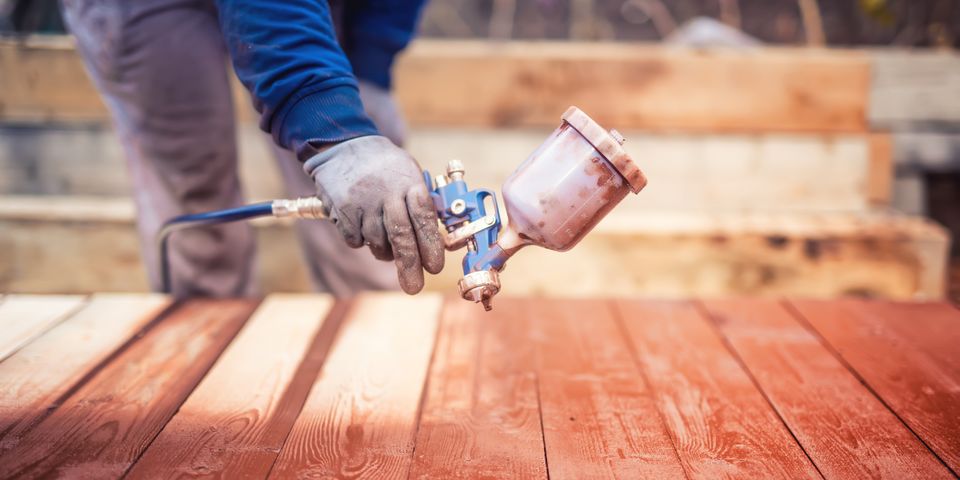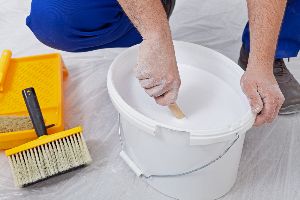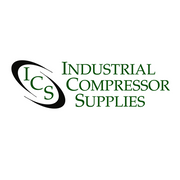How to Simplify Home Painting With an Air Compressor

While a fresh coat of paint can give your space a vibrant new look, many homeowners don’t want to deal with the messy and cumbersome process of painting with rollers and brushes. Fortunately, you can avoid this hassle by applying coats with a spraying device. Connected to an air compressor, these tools swiftly spray paint to quickly and cleanly cover surfaces. The following guide illustrates how simple household painting can be with an air compressor.
7 Steps for Painting With an Air Compressor
1. Choose the Right Tools
First, ensure you have the right sprayer for the job. Gravity or siphon devices are ideal for smaller spaces, while pressure feed guns cover larger surfaces better. Then find an air compressor and pressure regulator that are compatible with your spraying gun.
2. Prepare the Site
Tape off all areas you don’t want to cover and place tarps on the ground to keep the floor paint-free. Sand down any rough surfaces to ensure a smooth, even application.
3. Thin the Paint

If required for your sprayer, add enough paint thinner to dilute thick paint. Follow your sprayer's instructions to get the right paint-to-thinner ratio. Without thinner, the paint can clog the hoses and attachments, resulting in an inconsistent application.
4. Protect Yourself
To keep yourself safe and clean while spraying, wear clothes you don’t mind getting dirty. It’s also smart to wear a mask and safety goggles to keep paint out of your eyes and mouth.
5. Test Equipment
Connect the air compressor to the paint gun and canister. Adjust the pressure regulator to the PSI setting as indicated by the manufacturer's instructions that came with your sprayer. Next, test the device in an open area on spare wood or cardboard until you have a consistent, controlled spray.
6. Spray in a Sweeping Motion
Once you return to your painting area, stand about 10 inches away from the target surface. Hold the spraying gun in front of your chest and engage the trigger. As the paint comes out, move the device back-and-forth in a sweeping motion until the entire surface is covered.
7. Clean Equipment
While you wait for the treated surfaces to dry, follow your spraying device’s cleaning instructions to keep paint from drying in the hoses or nozzle. Typically, you will only need to put water or a water-lacquer mix in the canister. In an open area, spray out the water until it is clear.
When you’re planning for the perfect paint job, rely on Industrial Compressor Supplies for high-quality air compressors. They're based in Maryland Heights, MO, but can ship nationwide and have even opened a second location in central Florida. They're stocked with a wide range of air compressor supplies and will help you find the right pneumatic gear for your paint sprayer. They can also provide replacement air compressor parts at affordable rates. To learn more about their resources, visit this shop online, or call (877) 426-3131 to speak with an associate.
About the Business
Have a question? Ask the experts!
Send your question

